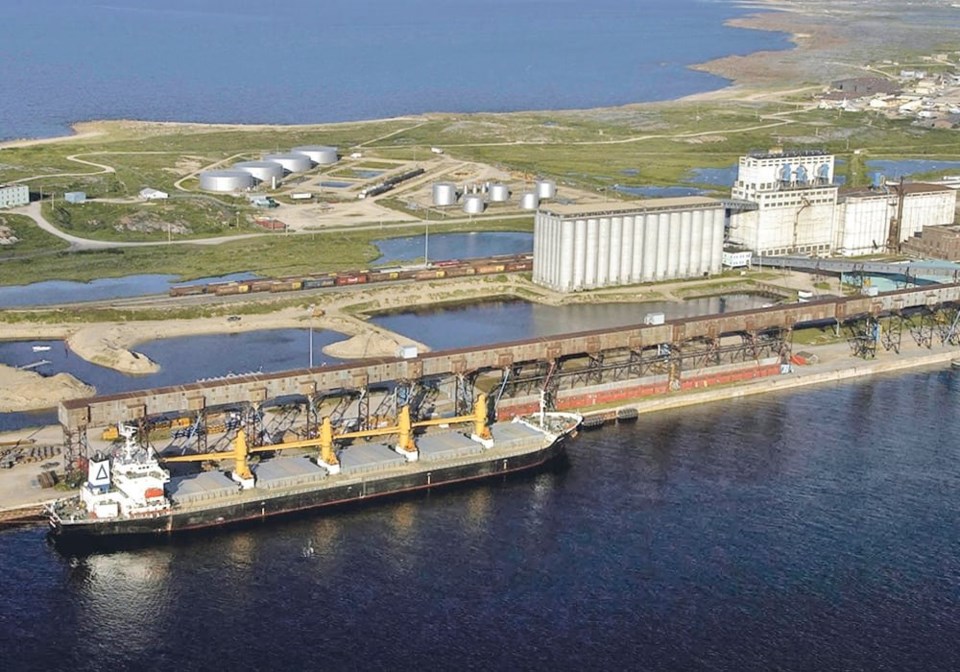YORKTON - When you farm in east central Saskatchewan any news regarding the Port of Churchill has to be of interest.
While the port has long been over looked as a port from which to export grain, proponents of the facility will point out for a chunk of the Canadian grain growing land base, Churchill is the shortest overland access to water.
The problem however is that Hudson Bay on which the port sits is covered by ice for months each year, and that of course shortens the possible export season.
As a result the port has had a very up and down history.
It was built in the late 1920s by the federal government of the day and began exporting grain shipments in 1931, following a six-year project to build the railway to connect Hudson Bay to other points in the country. The first ship to import cargo through the port was the British freighter Pennyworth in 1932, according to Wikipedia.
Through the following decades the port has been at times promoted extensively, in particular by the Hudson Bay Route Association -- Willis Richford of Norquay, SK. was an impassioned proponent for years – and at other times the port has been basically moth-balled and forgotten.
For years now the port has been basically ignored, well at least until very recently.
Suddenly there has been an announced injection of cash which has re-ignited optimism the port might finally achieve the success some like Richford have always felt was possible.
Recently Manitoba premier Wab Kinew announced $60 million in provincial and federal funds to get the Hudson Bay Railway between The Pas and Churchill back up and running reliably, as well as upgrade the port.
That brings combined federal and provincial investment in the port up to $293 million since 2018, according to a Glacier FarmMedia at www.producer.com
The new dollars however do not appear driven by a vision of Canadian grain flowing north to the port, even if it is the shortest overland route for producers like those in east central Saskatchewan or neighbours across the Manitoba borders.
There is obviously limited interest from grain companies to use the port since the major players own facilities on the West Coast or Thunder Bay. So the push to divert grain northward will be slow in coming, if it ever happens.
The current funding is more about northern economic opportunities -- mining and forestry opportunities which are seen as essential to development of the north.
But, the new money and the upgrades it will fund, at least crack the door open once more in terms of the port as an export option for Canadians grains.

